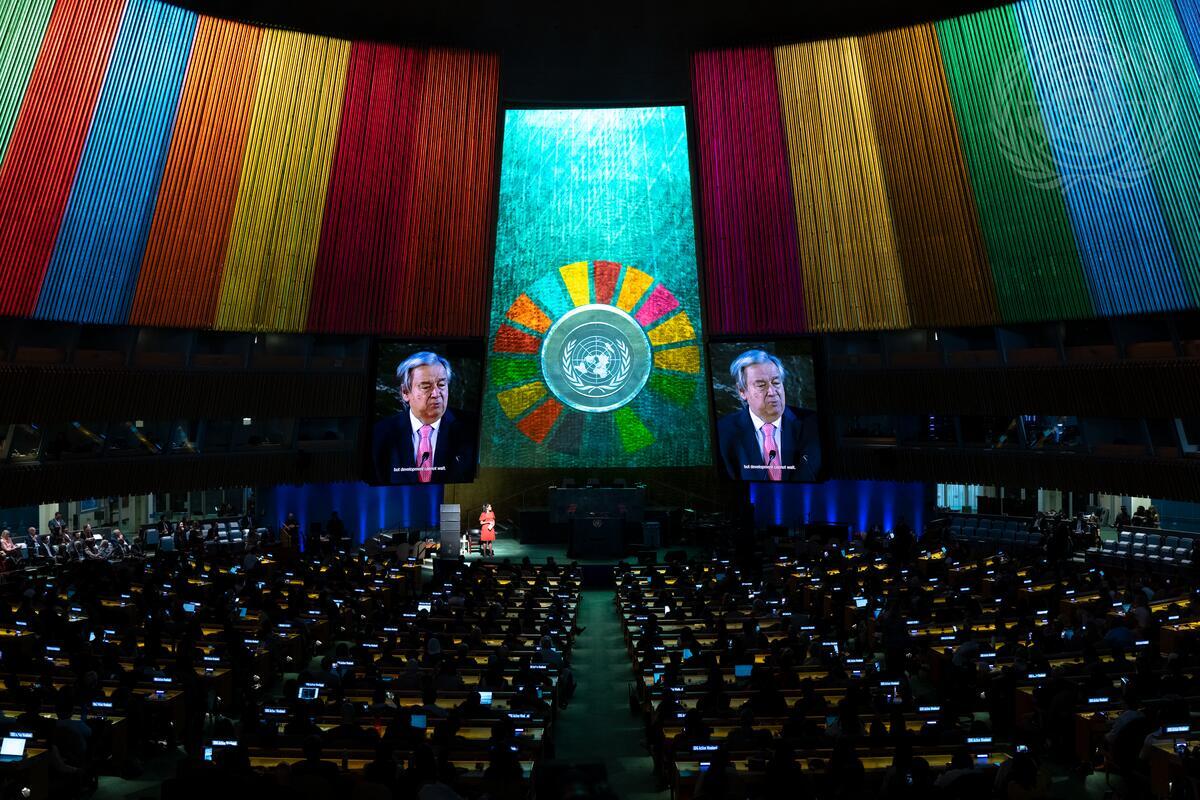Over the past decade, China’s role as a global actor has captured the public eye. If asked to describe China’s foreign policy, for most people, a selection of key buzzwords likely come to mind: the “Belt and Road Initiative” (BRI), competition with the United States (the “Second Cold War”), military activity in the South China Sea, or perhaps “debt-trap diplomacy”. More recently, China’s slowing economy, industrial overcapacity and leading EV production have also grabbed headlines.
However, one aspect of China’s foreign policy much less likely to appear on such a list is China’s role as a global development or foreign aid actor. And where this question does emerge, it often remains subsumed within discussions of competition, suspicion or geopolitics.
This is not surprising. China’s “development model” – including its finance mechanisms, policies, modes, programs or frameworks – has been largely understood as challenging the liberal development orthodoxy. Scaffolded by institutions such as the International Monetary Fund, the Organisation for Economic Cooperation and Development, the United Nations and World Bank, and liberal policy prescriptions such as the 1989 Washington Consensus, the liberal development model has dominated the global governance and international development landscape since 1945.
While the question over whether “development models” truly exist beyond abstraction remains its own lively debate, scholars and policymakers alike have outlined several differences between the Chinese and dominant approaches to international development.
The lines are more blurred between China’s commercial investment and its aid/development policies than in traditional definitions of Official Development Assistance (ODA) used by OECD countries. China also puts an emphasis on state-led, infrastructure-focused policies and rejected the liberal economic prescriptions of the Washington Consensus in the 1980s and 1990s. Non-interference is favoured over conditionality. China's rise has also emerged as part of the “rise of the South”. This includes a group of countries that were traditionally recipients of aid, including China, Brazil and India, that have since moved from “recipient to donor” as their economies expand and dependency on external aid has reduced. These countries often work together through “South-South Development Cooperation”.
It raises an important discussion about how the UN or SDGs themselves might be evolving as they are increasingly adopted and localised by “Global South” actors.
That said, as China’s international development institutions, policies and programs have continued to grow over the past decade, discussions concerning potential convergence, as opposed to solely divergence, between various features of the two development models have also begun to emerge. In particular, recent discussions have explored potential convergence between China’s BRI and the United Nations Sustainable Development Goals (SDGs) in response to an onset of primary sources, policy agendas and projects that propose a link between the two.
The 2015 SDGs are an important metric commonly used in international development to capture diverse development goals and progress including in relation to poverty, gender, poverty and the environment. Yet the BRI is China's state-sponsored overseas infrastructure development program, where the objective is to “promote policy coordination, facilities connectivity, unimpeded trade, financial integration and people-to-people bonds”. With a number of environmental, social and governance concerns flagged, the BRI has not readily been associated with the achievement of the SDGs.
Nevertheless, “BRI-SDG convergence” is broadly conceptualised as a process whereby the BRI adopts the SDG framework for global respect and recognition, along with environmental and social guidance. Conversely, the SDGs are materially achieved via BRI economic and infrastructure policies. By way of example, the UN has funded a “BRI-SDGs project”.
For policy-focused researchers, the convergence of the BRI and SDGs could have far-reaching impacts for countries along the BRI, seeking to understand what role BRI policies and projects might play in achieving localised SDG agendas as low-income countries increasingly work with China.
Beyond the BRI specifically, BRI-SDG convergence further speaks to growing scholarship on China's increasing cooperation with the United Nations or adoption of mainstream global development agendas more broadly. It also raises an important discussion about how the UN or SDGs themselves might be evolving as they are increasingly adopted and localised by “Global South” actors.

In any event, it is clear that BRI-SDG convergence prompts a series of fresh questions for international development and foreign policy.
First, what role might China be playing, especially in BRI countries, to achieve the 2030 Agenda?
Second, would a convergence between the BRI and SDGs suggest that Chinese development actors or institutions may be increasingly collaborating with or adopting dominant development norms?
Or, flipping this question, third, if the SDGs are achieved via Chinese development strategies, such as state-owned financial mechanisms or major commercial infrastructure, does this mean dominant institutions such as the UN may also be experimenting with Chinese development norms?
Ultimately, in an era of new development players, changing global governance dynamics, and heightened geopolitics, it might be time to ask: are the SDGs about process or outcome?
This articles draws on Pivot to the South: Achieving the Sustainable Development Goals through China's Belt and Road Initiative, which is open-access on Geography Compass.

